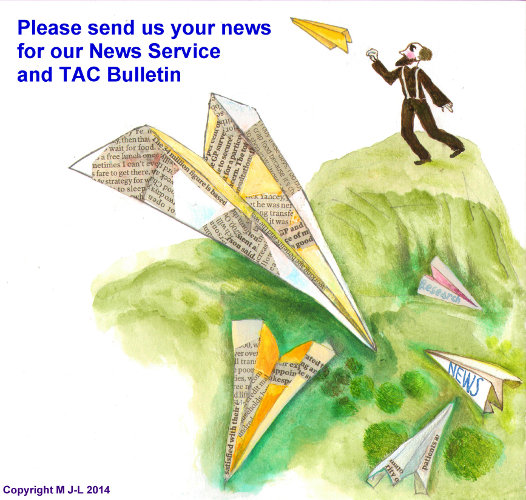Access all Areas: a report about primary care in rural and remote areas - shortcomings
News fom NRHA: This report has created substantial interest. It deals with critical issues and shines a spotlight on the serious workforce inequities in many rural and remote areas. The report under-states the difference between rural and remote circumstances, with some of its solutions not taking account of the quite different models of care that operate in remote areas. Models of primary care not based on fee-for-service medicine are the norm in remote areas.
The NRHA welcomes the prospect of multidisciplinary health care models as long as they are well-evidenced and sustainable. Nurses, Aboriginal Health Workers, allied health professionals and paramedics are in a great position to contribute more, with the shortage of positions in rural and remote areas being one of the main barriers.
The Grattan Institute's report is too dismissive of efforts to recruit and enhance the rural health team with these existing professionals. There is no 'quick fix' for improved access to primary care in rural and remote areas, but Access all areas provides a useful insight into some of the critical issues.


